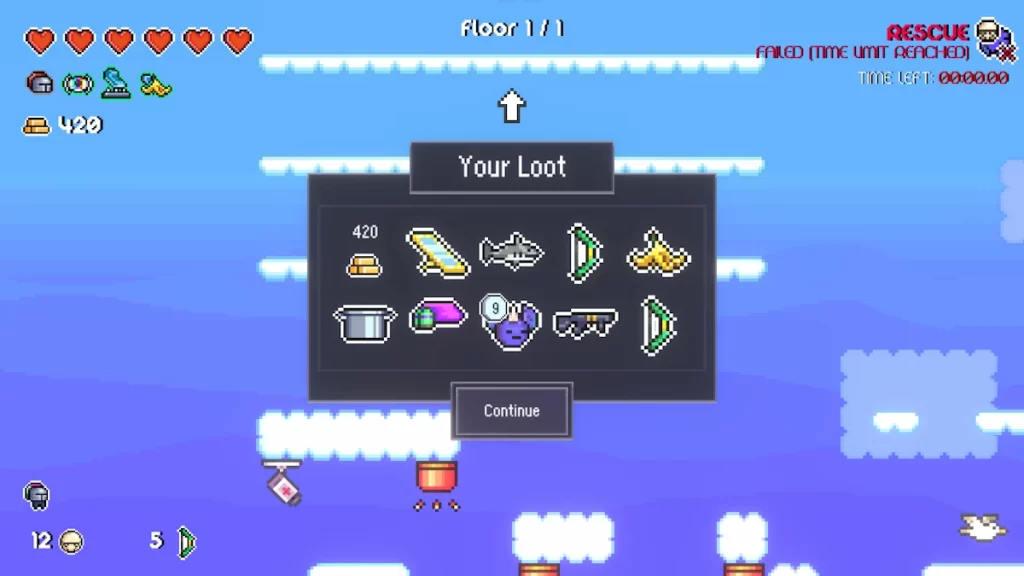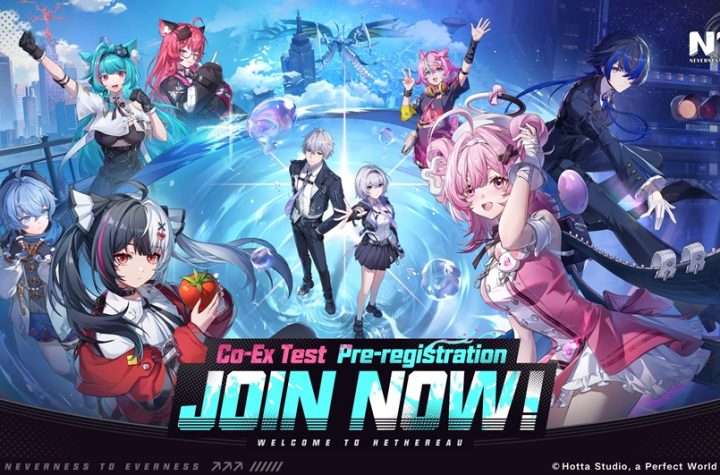I don’t know what I was expecting from Kenny Sun’s Mr. Sun’s Hatbox. The game’s opening had primed me for a simple and childlike action platformer with its simple, cutesy character designs. The inciting incident of the game’s story, a delivery by a shipping company being stolen by a thief called “Mr. Moon,” had primed me for a quick and simple platforming romp through which I would get the package back in an almost Mario-like fashion.
Then the tutorial level gave me the option to snap a man’s neck and kill him. Safe to say, I was very wrong.

Mr. Sun’s Hatbox is a game in which the player takes control of a shipping company’s private military force that, after losing a customer’s package, will set up a private military base in that customer’s basement that they will use to get that package back by any means necessary up to and including infiltration, theft, kidnapping, murder, and brainwashing. However, the fun (if frustrating) gameplay loop from completing missions and managing the base will keep the morality of these actions far from these player’s minds.
The bulk of the player’s time with Mr. Sun’s Hatbox will be spent completing missions. At the beginning of each in-game day, the player can use the functions of their base before scanning for missions. These procedurally generated missions will cover a small number of mission types including timed delivery missions (in which the players will have to deliver a package to the end of the level without it being destroyed), theft missions (in which the player will have to steal an item and take it to the end of the level), or elimination missions (in which the player has to find a specific enemy within the level and kill them). In these missions, players will have to sneak around enemies to stun them (either by jumping on them or by throwing an item) and then either kill them or kidnap them using balloons that will transport them back to base. Players can also use different items found in levels as either hats to prevent themselves from being stunned and weapons such as guns or melee weapons. Both hats and weapons can also be sent back to the base using balloons, and they can be used to equip your employees when sending them out on missions or stored to sell or research upgrades.
Speaking of employees, the employee system of Mr. Sun’s Hatbox is surprisingly fun. On missions, the player will take control of employees. Each employee is randomly assigned a name and a variety of traits that affect how they play. When an employee is first acquired, these traits will mostly be negative and hinder the player, forcing more skilled and tactical play to compensate. Some employees are damaged by health pick-ups in levels, while others have poor eyesight that affects how the player views the level. Some even have attributes that make combat nearly impossible, such as not being able to stun enemies by jumping on them or suffering an attack of conscience when snapping a man’s neck. However, employees can be leveled up to grow out of negative traits and acquire positive traits. Unfortunately, it is unlikely that, in the early game, players will be able to level up their employees to be useful as the game’s combat, while fun, is difficult enough to kill an employee, rendering them permanently unusable. I am of two minds with this. On the one hand, I think that this is a great way to make losses and difficulty feel tangible. On the other hand, the experience points for the leveling system aren’t plentiful enough to make leveling multiple employees at once a worthwhile strategy. So, players are encouraged to put all their eggs in one basket so to speak, and that makes the feeling of losing that employee more painful without it feeling fun, especially with the prospect of leveling up a new employee and the time that will take.

The game encourages players to go through levels stealthily, as level design will usually allow for players to complete missions without being seen. The combat system of stunning enemies before killing them is also more conducive for stealthy play. However, the game’s combat is more fun outside of stealth. As enemies converge to your revealed location, the adrenaline rush of scrambling to find throwable objects to stun enemies, or to try and jump on their heads while they do the same to you is a thrill to behold. It’s a slapstick mess of chaos, but it’s so much fun that I can’t find the energy to get mad if I lose an employee to that chaos.
Moving onto the game’s base management, players will unlock new and different rooms that have different functions. There is a black-market room that can be used to buy weapons or employees, a medical room that can be used to heal employees after missions, research and development rooms that can be used to develop upgrades for missions and the base respectively, and a prison room that can be used to brainwash captured enemies and turn them to employees. That last room might sound unethical, but you will learn to love it in the early game. You can assign employees to certain rooms like the research and development rooms in order to raise their rank and unlock new kinds of upgrades that you can buy. Unfortunately, the base system isn’t too complex, as most functions take in-game days to complete and that’s it. It’s simple, but it works for the game.
My biggest issue with the game lies in its use of random generation. While the amount and types of missions are supposedly infinite because of this, the missions all end up feeling far too similar to each other after extended time. The game’s mission structure gets stale quickly, and while the slow unlocking of new items and areas will help the game feel fresh through someone’s first time playing through it, that freshness won’t last long.
Despite this, Mr. Sun’s Hatbox is a fun time. The gameplay is chaotic enough to be an incredibly fun time in small doses, and the base system ensures that you will want to keep coming back for future gaming sessions. In the end, it is a strong 7/10.
For more information, please visit: HERE
Related: Reviews by Josh Freeman
I love games and love talking about games. Some of my favorites include action games (both 2D and 3D), metroidvanias, roguelikes, shooters, and Indies.





More Stories
Nintendo Download Update (Jan. 1, 2026)
NTE Opens Pre-Registration and Beta Sign Ups for Co-Ex Test
TOTAL CHAOS Review for PlayStation 5